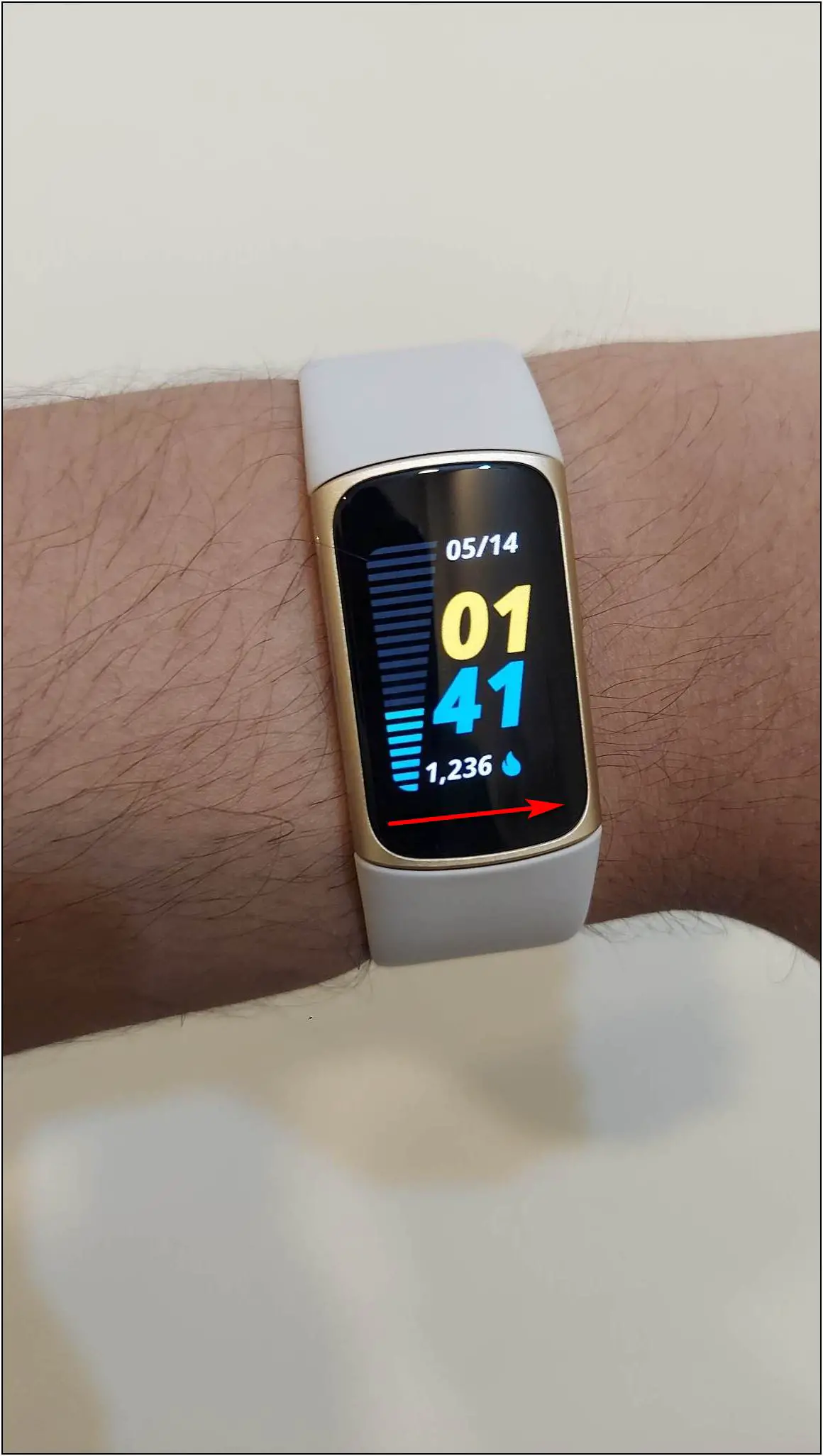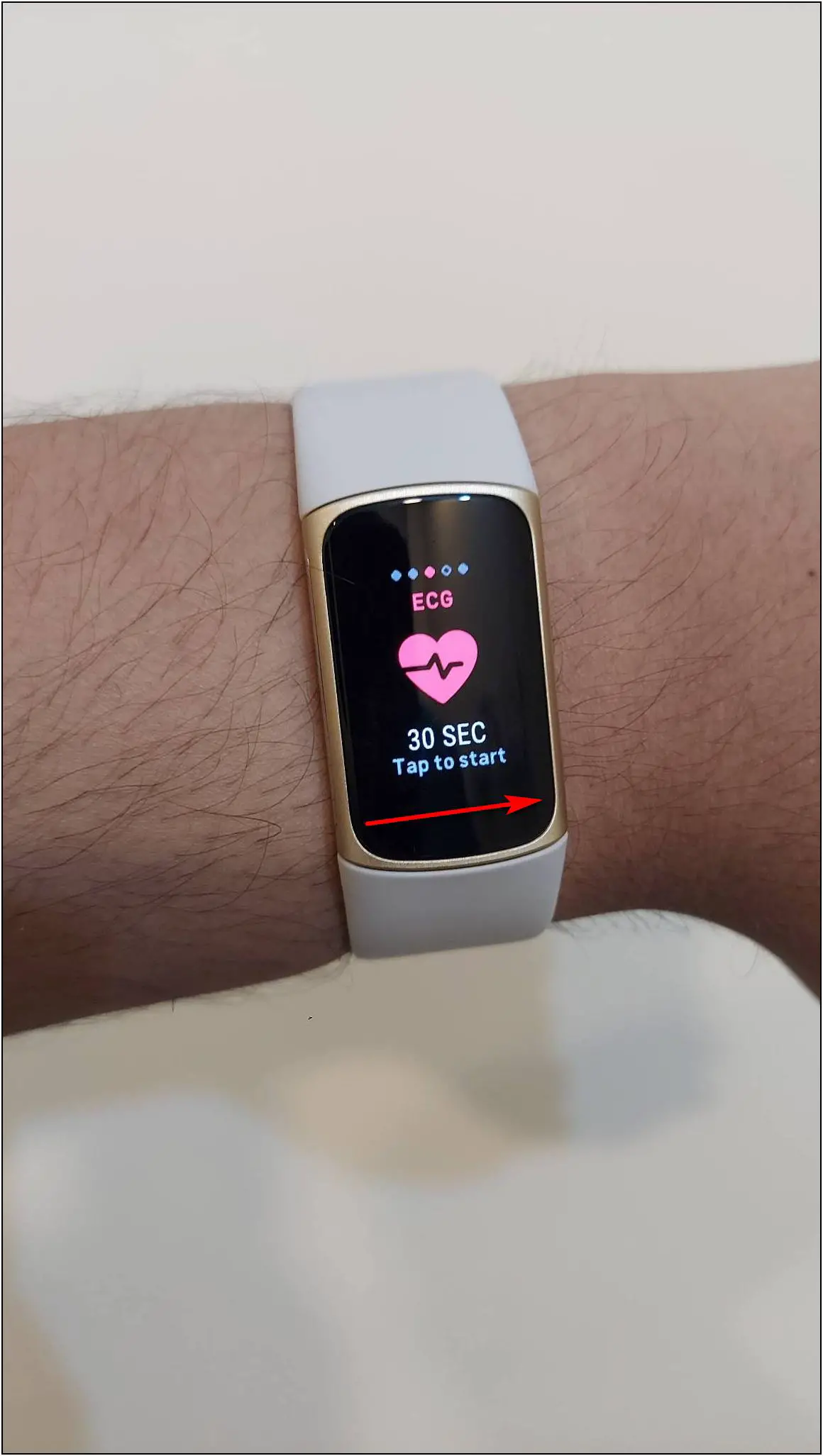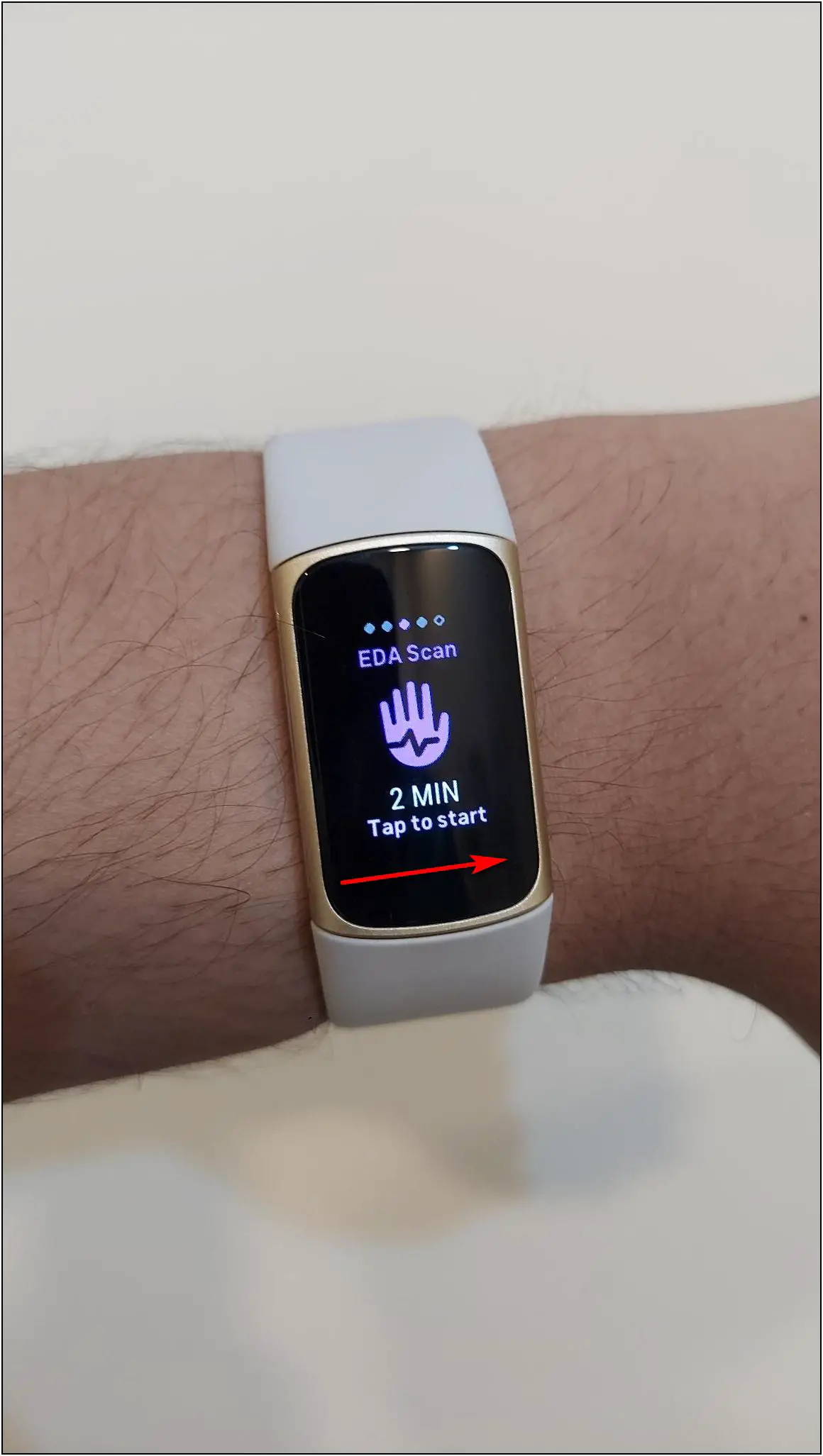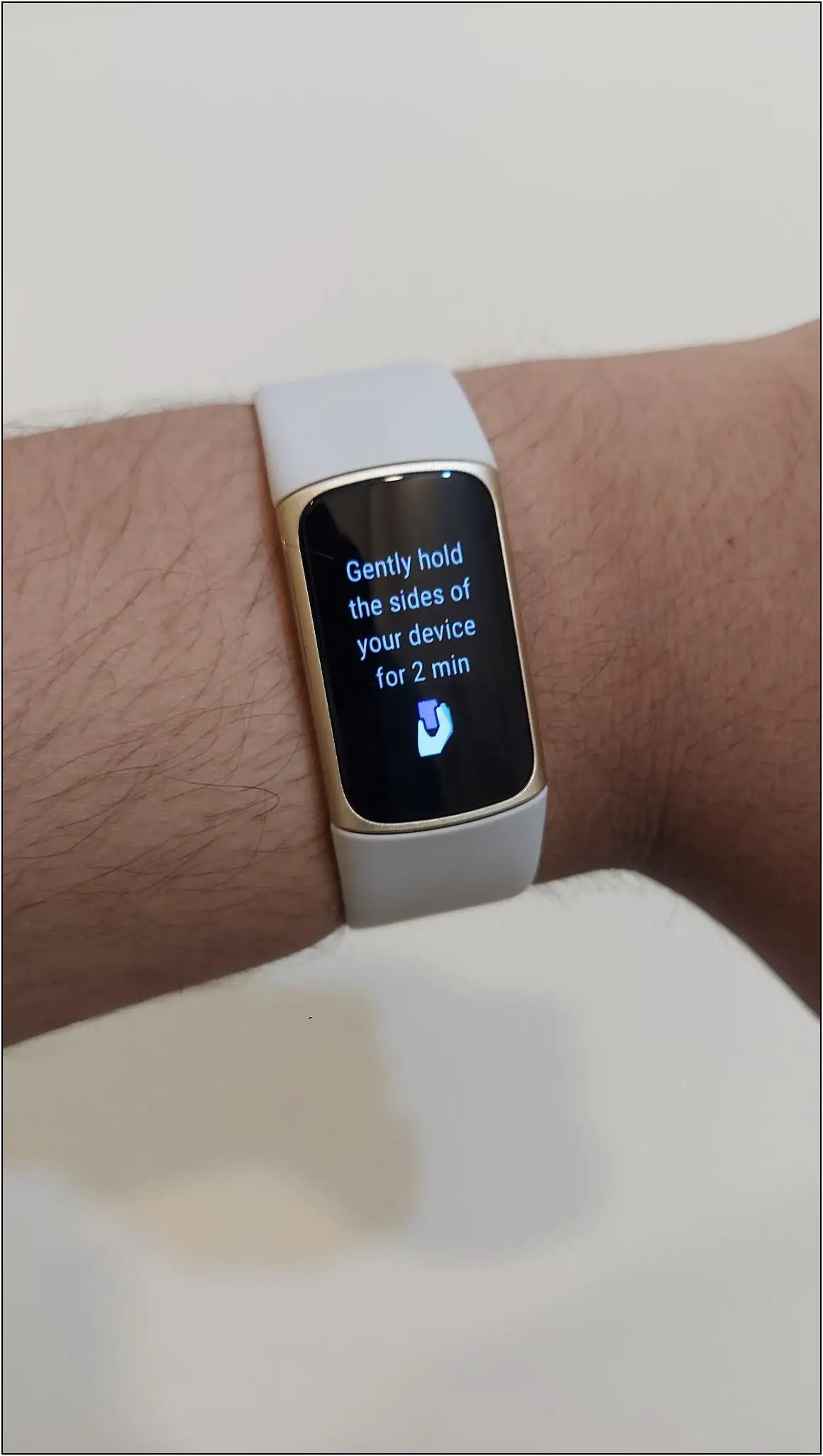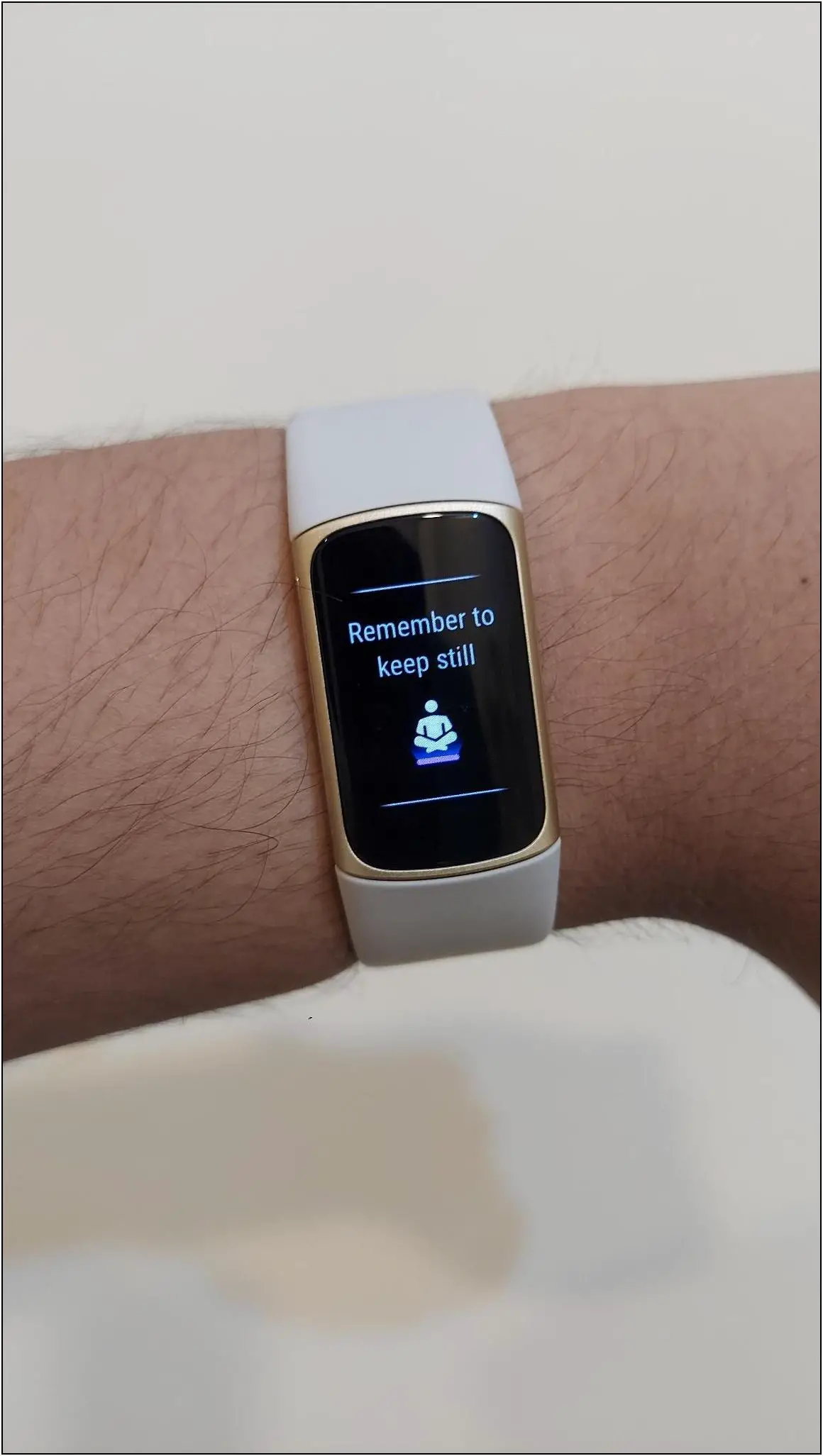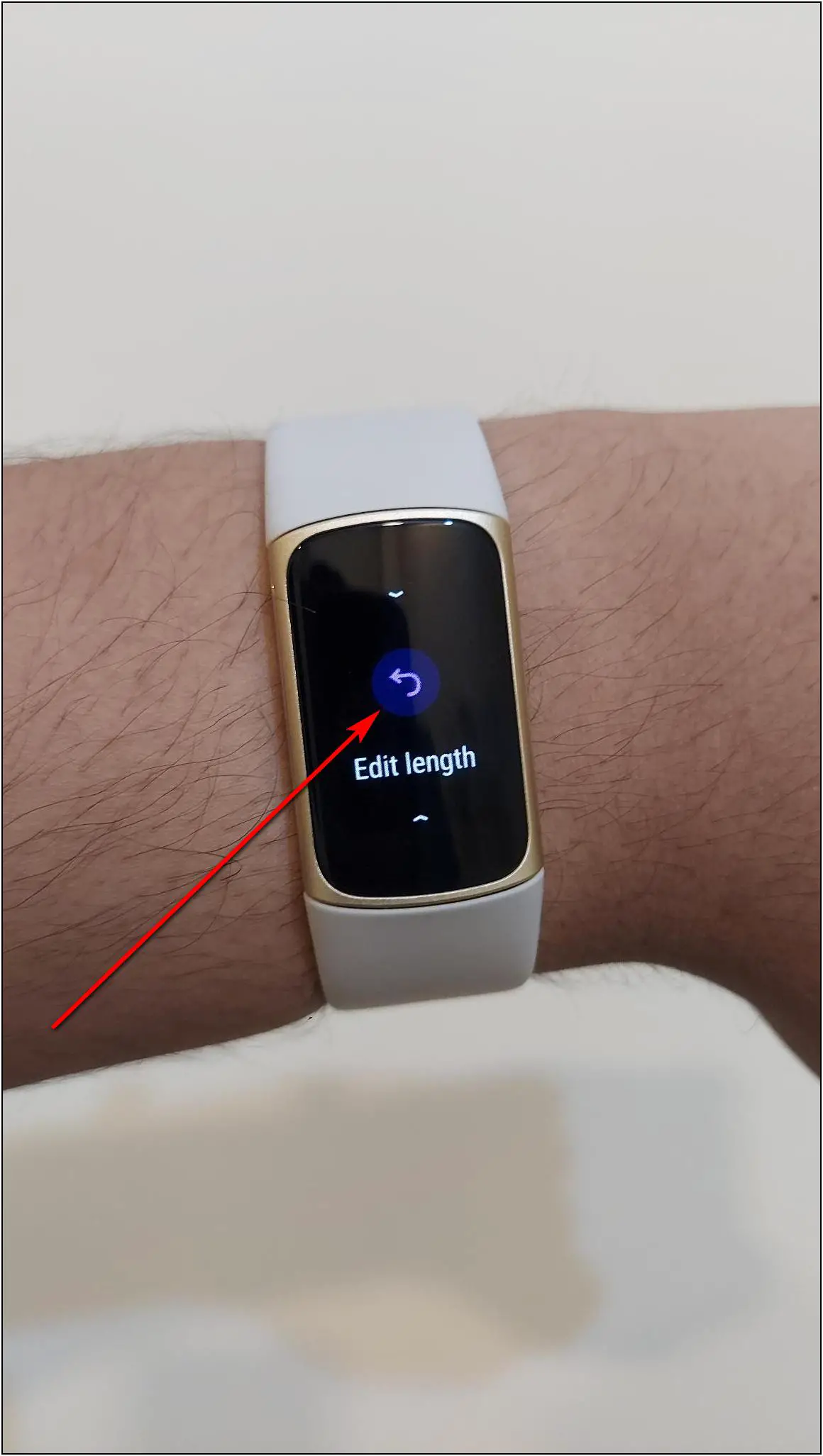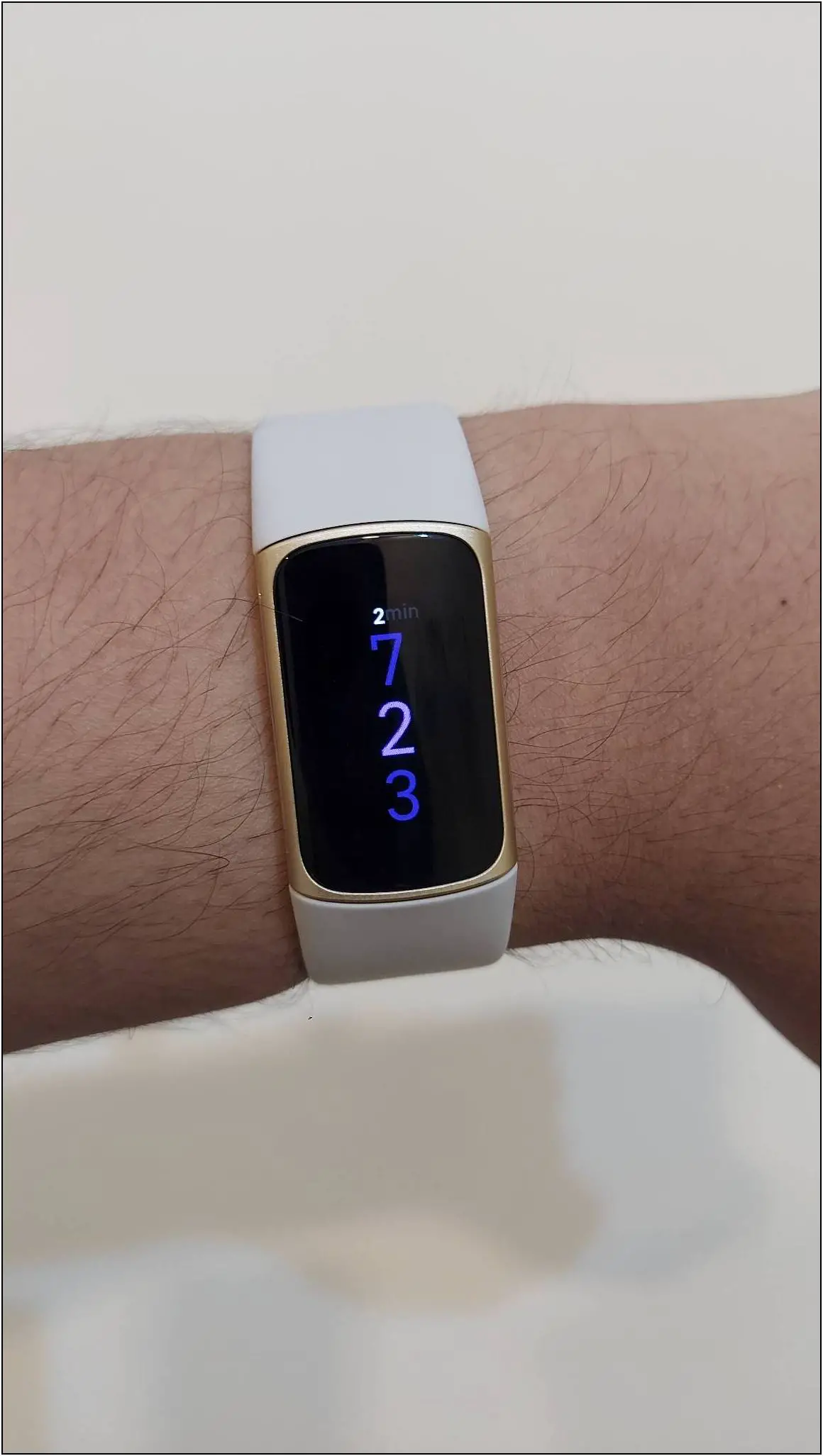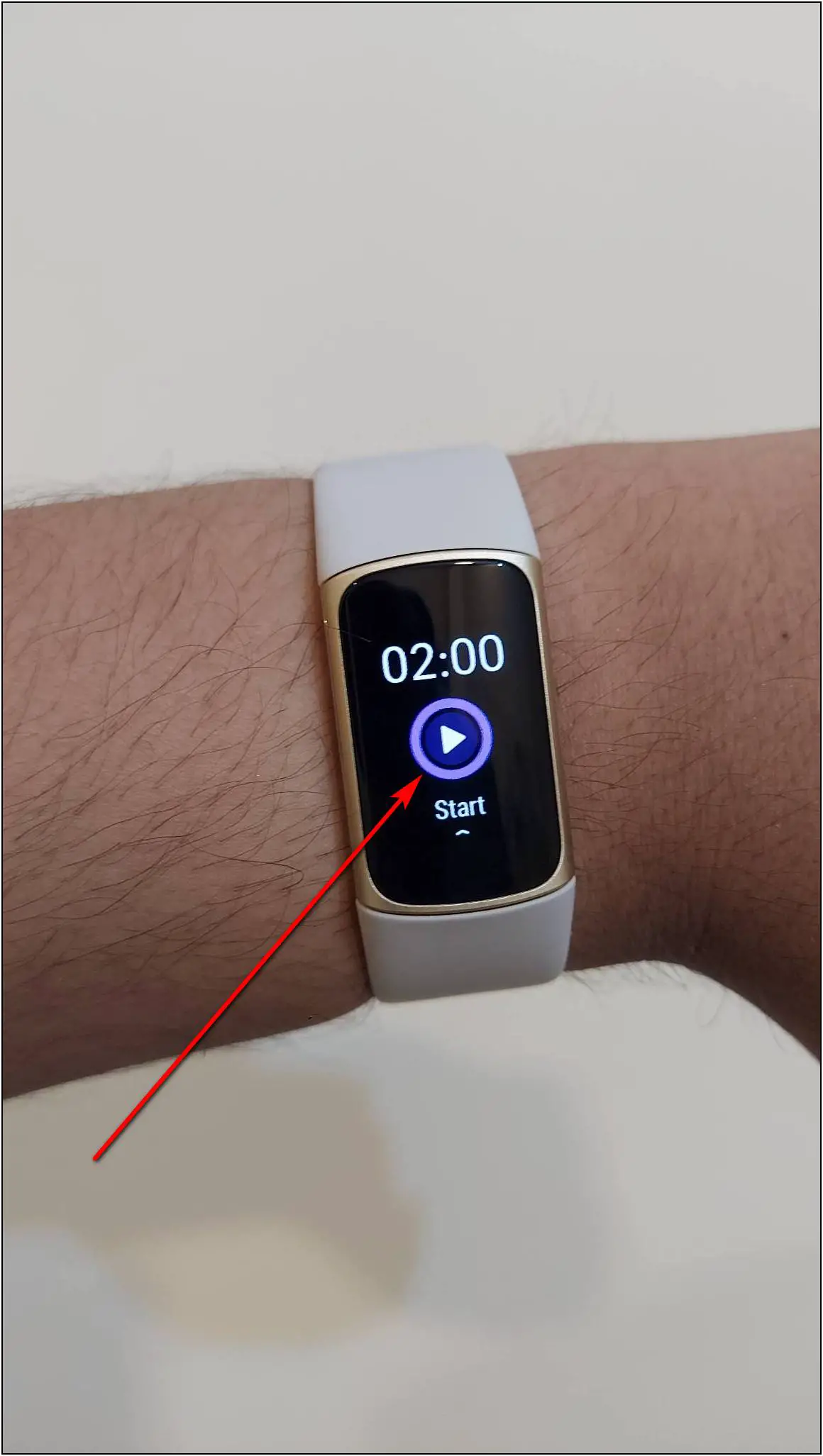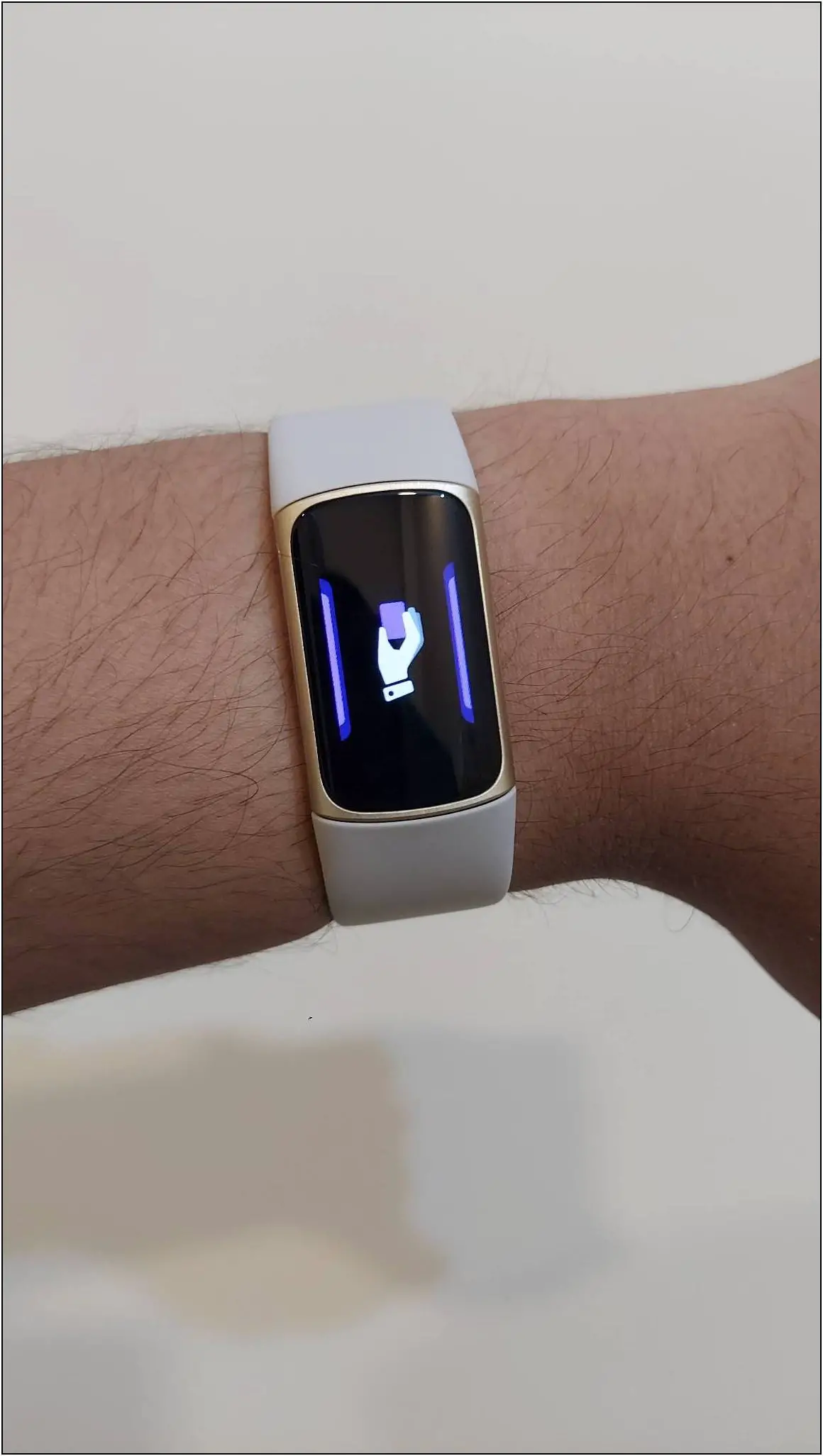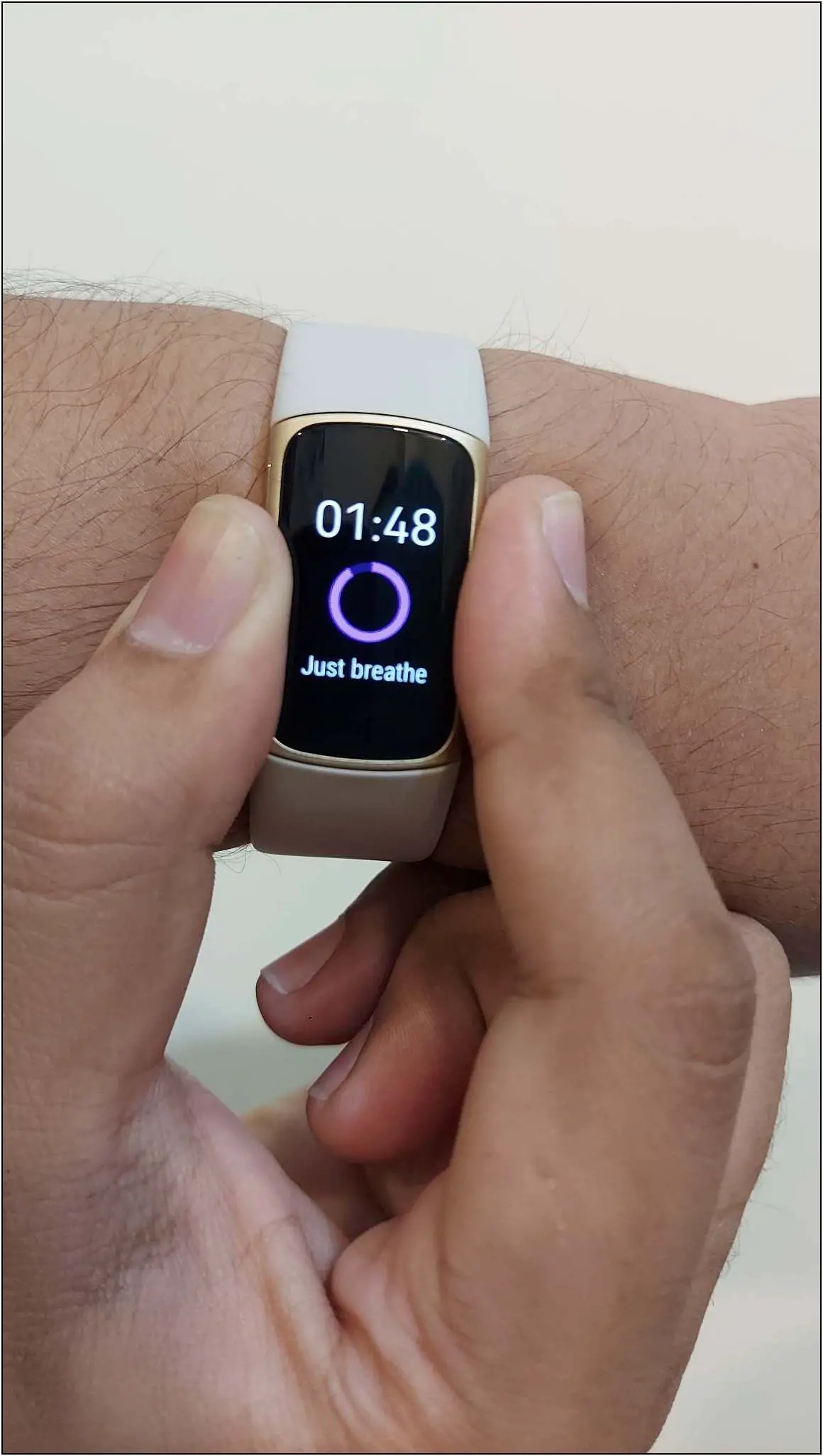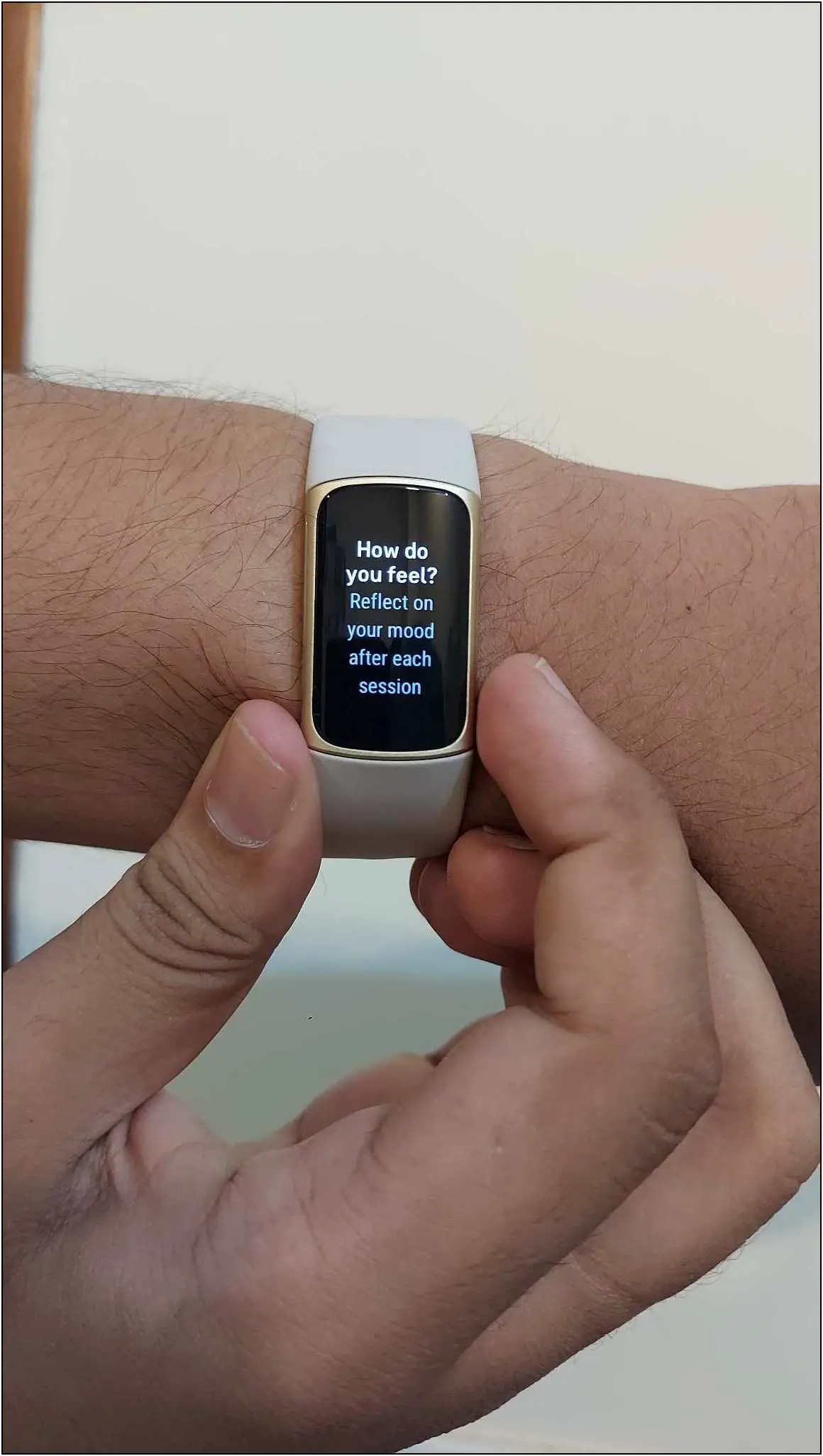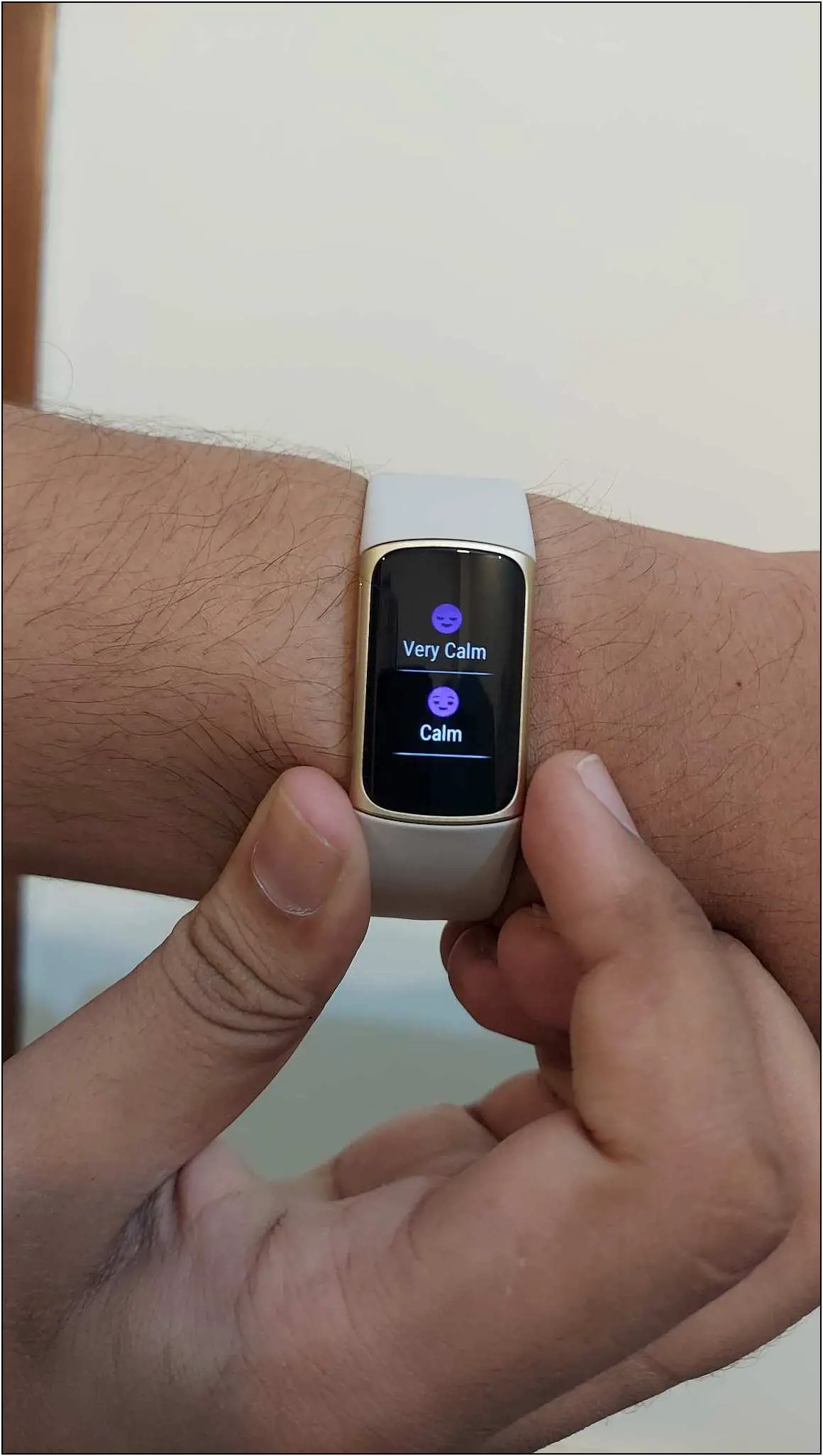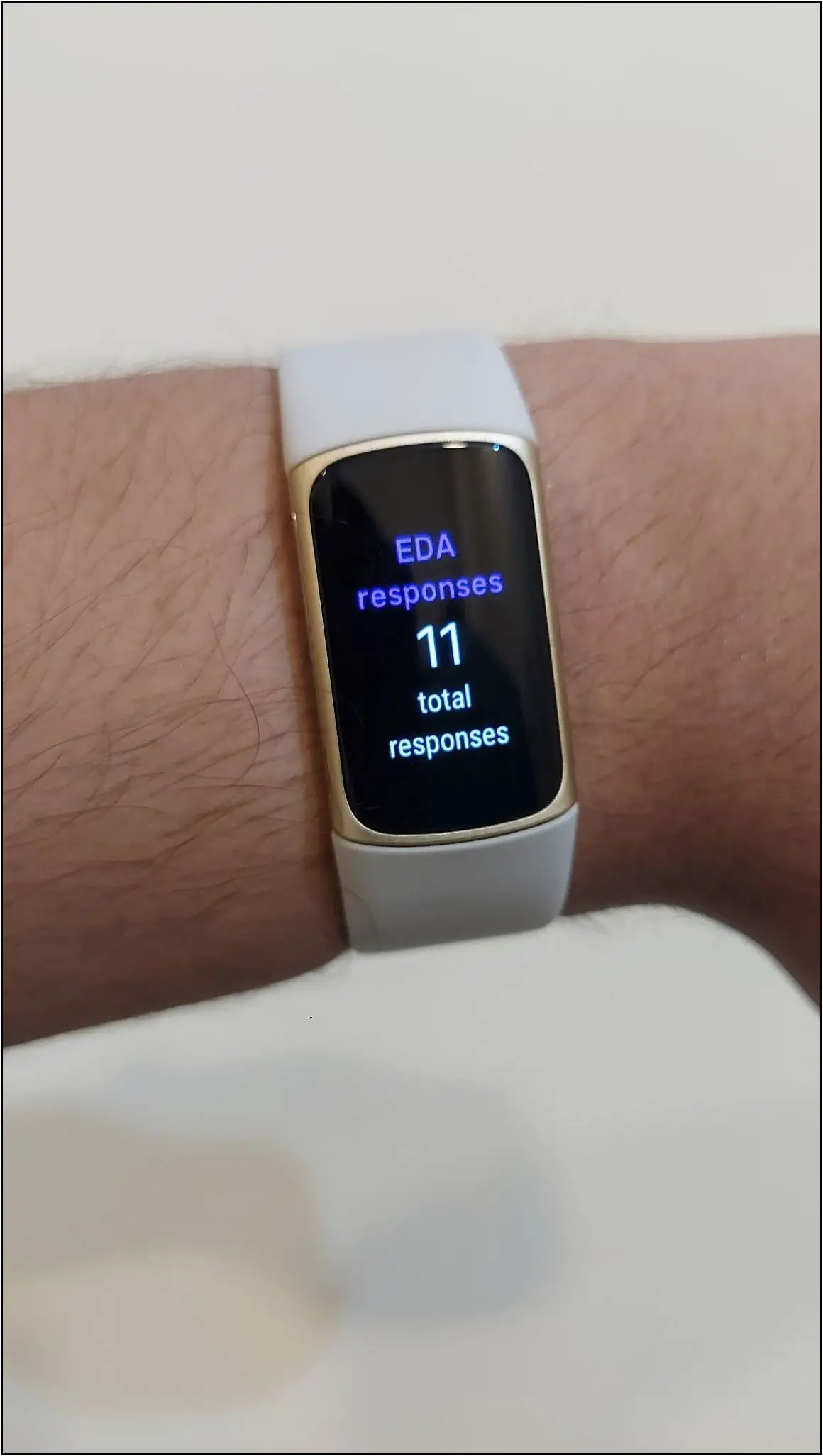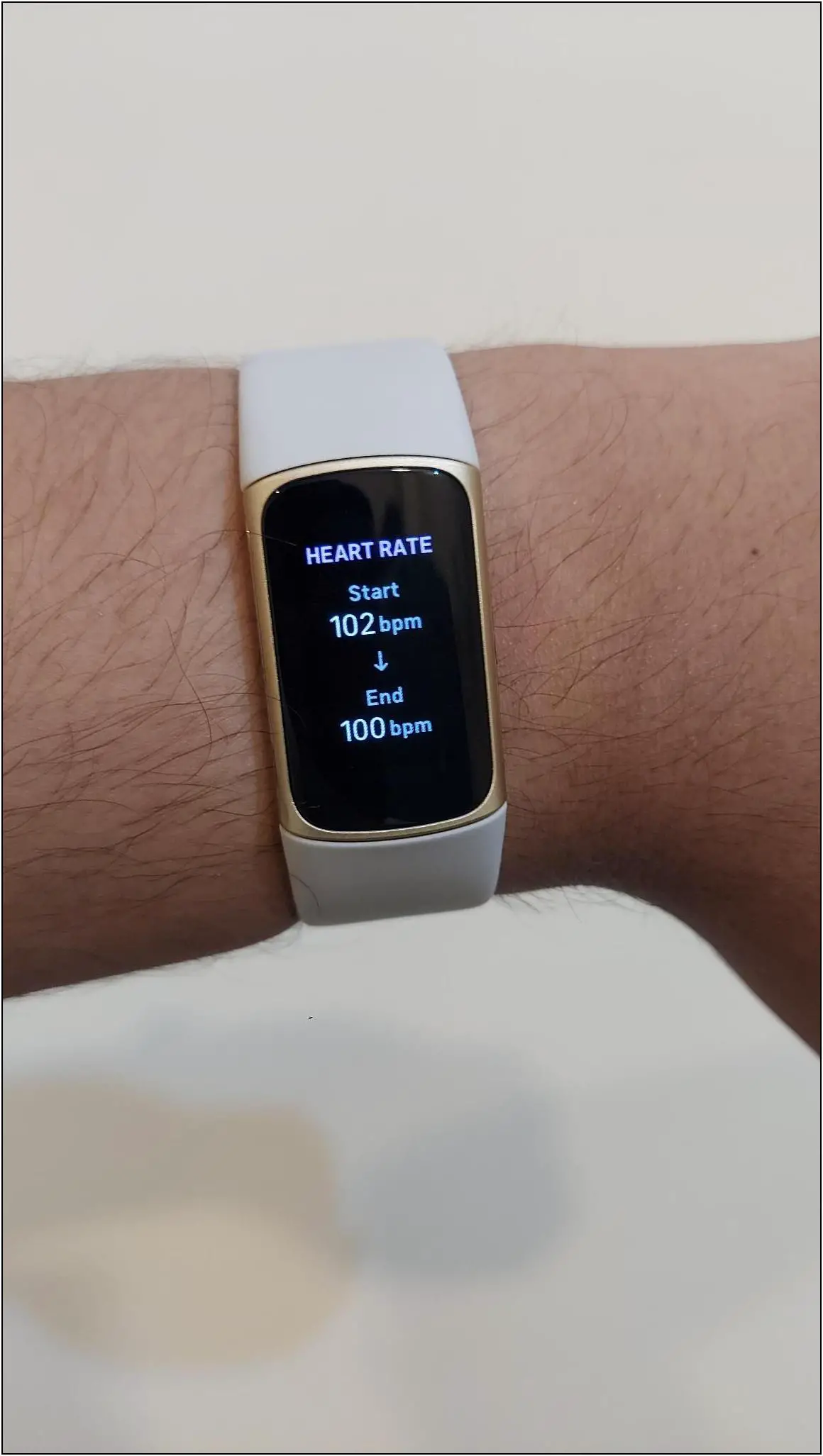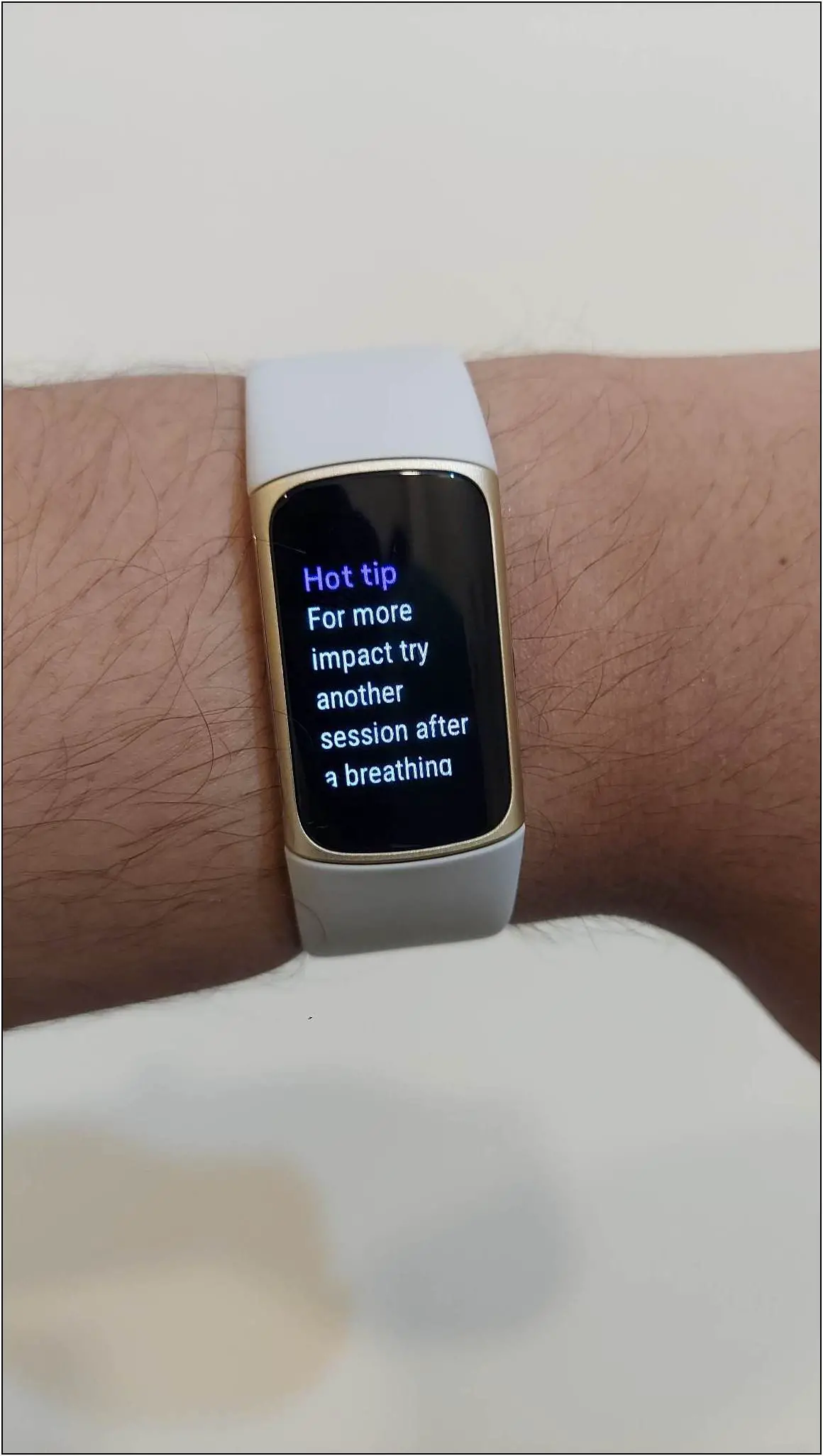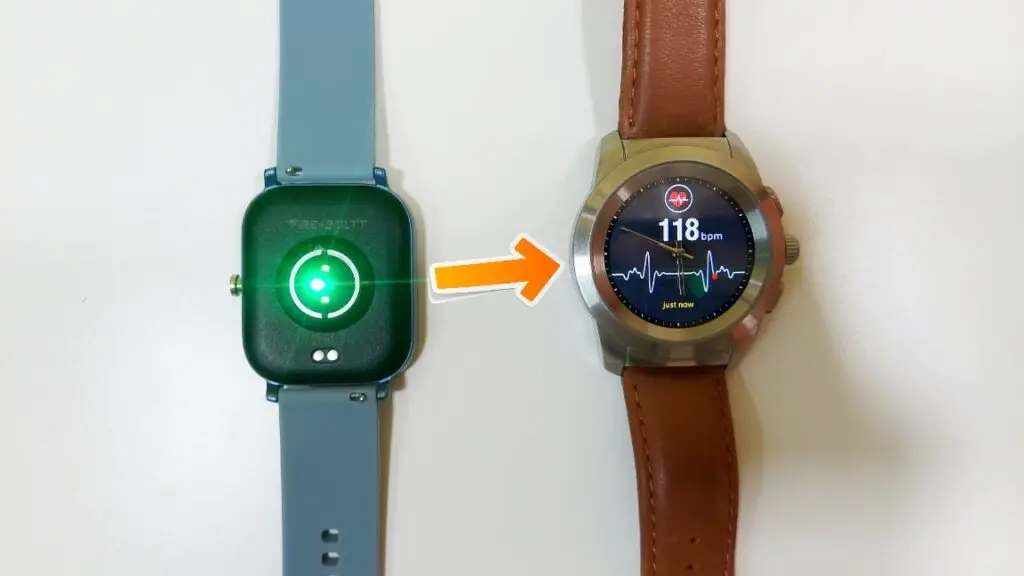Fitbit has introduced some of the world’s first smartwatches with an EDA sensor for stress tracking. This includes the Fitbit Charge 5 and Sense, which get a built-in EDA sensor and an ECG sensor. These sensors make it a powerful device for getting accurate health data. But did you ever think about how the EDA sensor works and what it does? Here’s everything about the EDA sensor and how it works on Fitbit Charge 5 and Sense.

Also, Read | How Does Stress Monitor Work in a Smartwatch? Is it Reliable?
What is EDA Sensor on Fitbit Charge 5 and Sense?

EDA or Electrodermal Activity sensor is used to measure stress levels of the human body. It measures your stress by recording skin and sweat responses.
The EDA sensor records this data and shows you how much you feel stressed and what possible symptoms can happen. It also recommends you if you need urgent relaxation, for which you can take breathing sessions and mindfulness exercises. This way, the EDA sensor helps you manage your stress and keep your body relaxed.
How Does Fitbit EDA Sensor Work?
EDA, being an innovative multi-path sensor, detects tiny electrical changes called electrodermal activity (EDA) responses on your skin.
Once you place your palm on the Fitbit Sense screen or pinch your fingers around Charge 5, it measures the perspiration (sweat) on your wrist. When you’re stressed, the skin produces sweat in microbursts. And based on the electrodermal activity and conductance of your skin, it determines your stress levels.

When you measure your stress level on your Fitbit device like the Fitbit Charge 5 or Sense, it shows a stress score based on the data recorded. The stress score ranges from 0 to 100; the higher score means you show fewer physical signs of stress and vice-a-versa.
In simple words, a higher stress management score is good for you. You can also select the condition of your body stress between very calm and very stressed reflections after each test for a better result.
Also, read | What is Deep Sleep? How Smartwatch Detects Deep Sleep?
How to Measure Stress on Fitbit Charge 5 & Sense
You can do an EDA scan on your Fitbit Charge 5 to measure stress. Follow the steps mentioned below to measure your stress level and score on your band:
Step 1: Swipe right on the home screen of the band two times.
Step 2: Click on the EDA Scan tab and, scroll down, click on Next.
Step 3: Scroll down and click on Get Started.
Step 4: You can edit the time length of the session between 2 minutes to 7 minutes.
Step 5: Start the scan, sit in a calm and still position, and put your thumb and finger on both sides of the band.
Step 6: After the measurement is done, it will ask for your mood reflection. Select anyone.
After that, it will show you the stress management score and how your heartbeat was before and after the test. It also shows you tips to maintain your stress and calm your body.
The steps are more or less similar for Fitbit Sense. However, you need to cover the screen with your palm instead of pinching the sides. Watch the video to see how it works:
How Reliable is the EDA Sensor on Fitbit?
The EDA sensor is a great technology in the Fitbit watches. It can measure your stress level and helps you to maintain your stress by doing some mindfulness exercises. But is it that accurate to rely on? Let’s find it out!

Generally, whether budget or expensive, most smartwatches come with a stress monitoring feature that uses the heart rate monitor to detect stress levels. It is primarily based on heartbeat data. In contrast, a dedicated EDA sensor monitors the body’s electrical activity and measures sweat to provide stress details based on the data captured during a long tracking session.
The EDA sensor is more accurate and reliable for stress tracking because of a different and dedicated algorithm. And keeping your mind relaxed and stress-free is important by doing mindfulness exercises and meditation. The EDA sensor on Fitbit watches, after measurement, shows you a stress management score and tips to reduce stress and stay calm.
Also, a major factor that you can rely on the EDA sensor on Fitbit for stress tracking is the brand’s trust and presence. Fitbit is a very trusted smartwatch brand for its very accurate health tracking system and sensors, and it is one of those brands that can give a good competition to Apple, which makes one of the best health tracking smartwatches.
Also, read | 3 Ways to Check if Smartwatch Temperature Sensor Is Fake or Real
Which Fitbit Smartwatches Have EDA Sensor?
Fitbit introduced the EDA sensor in its smartwatch back in 2020. For now, it has two products that come with an EDA sensor, the Fitbit Charge 5 and Fitbit Sense.

Fitbit Charge 5 is a smart band and the cheaper of the two, while Fitbit Sense is more of a smartwatch. Both share identical health, fitness, and other features, including ECG, EDA, heart rate, and skin temperature, followed by contactless payments with Fitbit Pay.
However, the Fitbit Sense equips Google Assistant and Amazon Alexa onboard. It can also answer calls via Bluetooth and features music playback. This, coupled with a bigger screen with more customizability options, might make it a better choice for many out there.
Wrapping Up
This was all about the EDA sensor on Fitbit Charge 5 and Sense, including how it works. We have discussed its working, benefits, and reliability. This is a very good technology for more accurate stress tracking. What do you think about this? Tell us in the comments below. Also, stay tuned with WearablesToUse for more informative articles!
